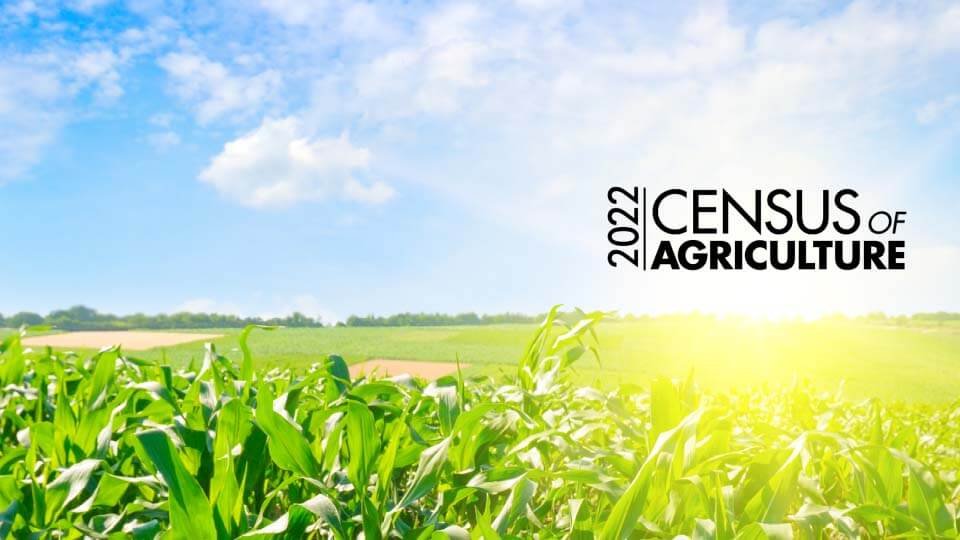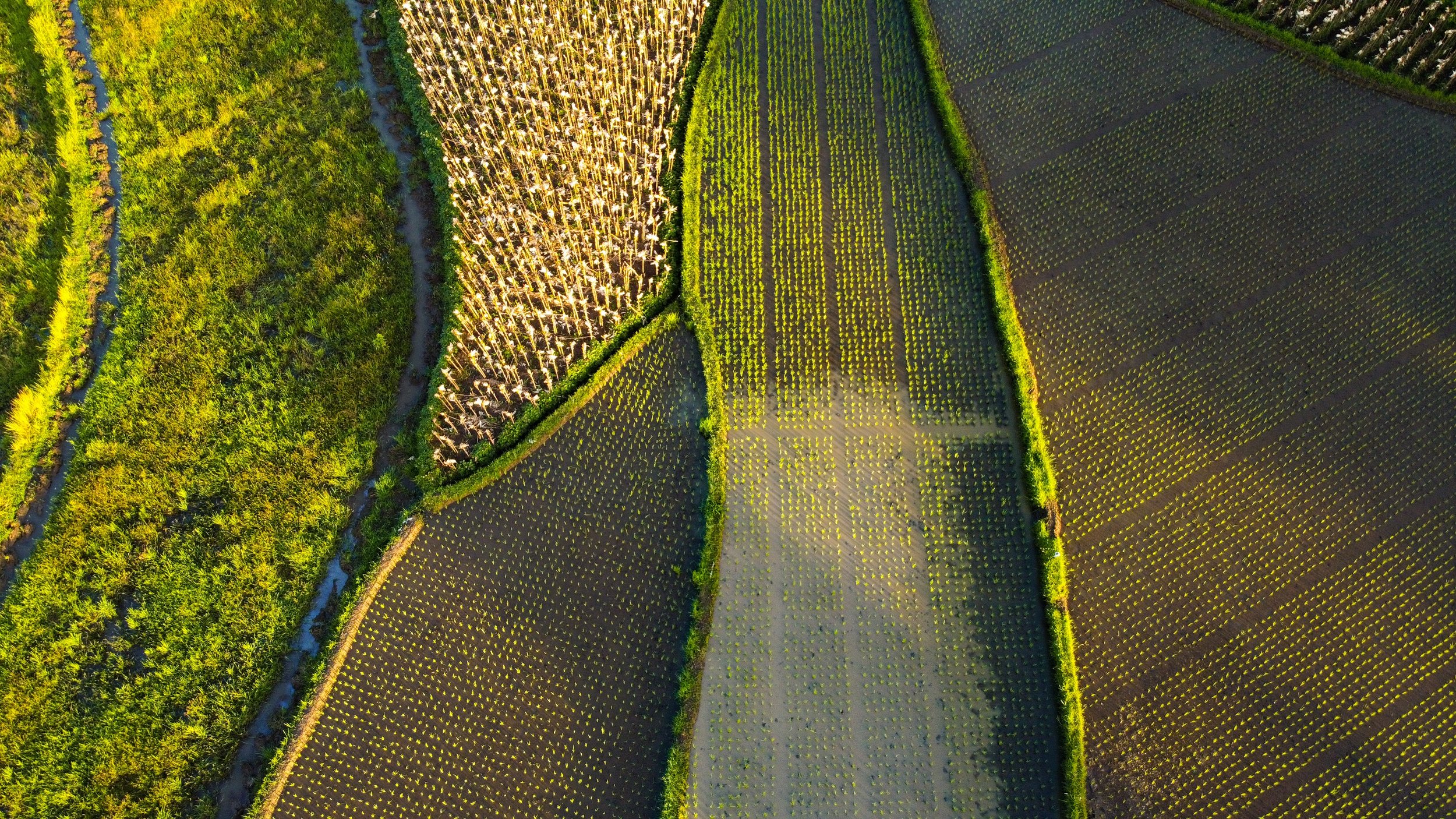Industrial Organization in Agricultural Economics: Trends and Frontiers
The October C-FARE webinar highlights recent work on industrial organizations in agricultural economics, with a focus on how methods and applications have evolved and what they mean for today's food and agricultural markets.
Timely Topics in Regional Economic Development
The September C-FARE webinar highlighted award-winning research and Extension outreach on timely regional economic development issues. Presentations included an analysis of willingness to pay for broadband services, a study on the relationship between educational attainment and poverty across seven southern states, and results from the Economic Opportunity Mapping (EOM) Project, which enabled communities to explore county-level business opportunities across industries.
Going for the Win: Drivers of Innovation in the Dairy Industry
This webinar highlights how strategic funding and applied research, outreach, and demonstration are delivering practical, science-based solutions to critical challenges in the dairy industry. The dairy industry continues to face complex challenges that demand innovative, evidence-based solutions to maintain the industry’s ability to meet consumer demand for dairy products in ways that are economically viable, efficient, and sustainable.
Envisioning food and agricultural data for the future: Engaging communities to identify trusted data
This webinar focuses on how to respond to the changing data landscape that is likely to affect food and agricultural research. As uncertainty grows about the availability of federally produced data, our community may need to build ways of identifying what other sources of data can be trusted for research purposes.
Navigating Uncertainty: Supply Chain Challenges in the Wine & Spirits Industry
Many forces are at work that are impacting supply chains for agricultural products. From climate change and wildfires and shifting consumer preferences for low- and no-alcohol options, to uncertainties presented by tariffs, producers and sellers of wine and spirits are facing new pressures and adapting to change
Connecting Professionals and Organizations to Amplify the Impact
Collaboration among organizations is vital for enhancing research, education, and outreach. This webinar explored inspiring examples that forged connections beyond a single organization to make meaningful contributions to society's economic and social well-being.
1890 Land-Grant Partnership to Enhance Food/Farming Systems, Rural Prosperity, and Economic Sustainability
The 1890 Center of Excellence for Food/Farming Systems, Rural Prosperity, and Economic Sustainability supports 1890 Land-grant Institutions in their efforts to increase profitability and rural prosperity in underserved farming communities. These efforts address critical needs for enhanced training and development.
Charting a Sustainable Course: Solutions for Aviation Decarbonization
With the aviation industry facing increasing pressure to curb its greenhouse gas emissions, the webinar presents information to understand better the likely effective and sustainable solutions from proposed regulations. Our webinar offers the industry's perspectives on the economic and logistical aspects of transitioning to lower-carbon fuels and addressing supply chain constraints, infrastructure needs, and potential investment opportunities.
International Trade and Value Chains
A country's level of development plays a significant role in shaping its domestic supply chains and can also contribute to the expansion of global value chains. Many experts suggest that such expansion can result in more sustainable and resilient value chains, as well as enhance the productivity and efficiency of production structures.
U.S.-China Relations: Challenges and Opportunities for American Agriculture
The evolving dynamics between the United States and China are profoundly shaping the global landscape. This webinar will explore the implications of US-China relations for the agricultural sector, focusing on key issues such as the significance of these bilateral ties for American agriculture, the lasting effects of the US-China trade war, and the future outlook for trade relations.
Insights About America’s Rural Communities
A 2023 Economic Research Service report revealed that:
Changes in rural America’s population, poverty, and employment over the last few years reveal three main findings. First, the rural population is growing again following a decade of negative or near zero growth rates.
C-FARE and AAEA: A Collaboration that Enhances our Value to Policy Makers
In the July webinar we communicate about some of the topics that will be showcased at the AAEA annual meetings in New Orleans July 28-30, 2024. The current AAEA president will provide an overview of the expertise of the membership, we will hear about climate change impacts on agriculture from a distinguished fellow, and two AAEA members will discuss highlights of a session on food waste, and a workshop on food prices.
Benefits and Risks of A.I. and Digitization in Agriculture
The National Institute for Food and Agriculture (NIFA) of USDA highlights the many promises of AI and digitization in Agriculture…
An Introduction to the 2022 Census of Agriculture
In February 2024, the U.S. Department of Agriculture’s (USDA) National Agricultural Statistics Service (NASS) announced the results of the 2022 Census of Agriculture, spanning more than 6 million data points about America’s farms and ranches and the people who operate them down to the county level.
Incorporating Natural Capital into Economic Decision Making
On Earth Day, 2022, President Biden made protecting and restoring nature and using nature-based solutions a core tenant of U.S. national Policy by signing Executive Order 14072, Strengthening the Nation’s Forests, Communities, and Local Economies.
Climate Smart Agriculture
The U.S. Department of Agriculture is investing over $3.1 billion in 141 selected projects under the Partnerships for Climate-Smart Commodities. Commodities include crops, animal agriculture, and forest products. These projects will reach 60,000 farms covering 25 million acres of working land.
An Introduction to the New USDA Regional Food Centers
USDA announced the funding of 12 USDA Regional Food Business Centers. These Centers will support a more resilient, diverse, and competitive food system by providing localized assistance to access local and regional supply chains, including linking producers to wholesalers and distributors. They will also provide technical assistance needed to access new markets, access to federal, state, and local resources, and will assist small- and mid-sized producers in overcoming barriers to market access, with a focus on underserved farmers, ranchers, and food businesses.
Big Data: Background and Applications used in Agriculture and Food Systems
Volume, velocity, variety, and veracity are descriptors of big data. Remote sensing, geospatial, Census and supermarket scanner data are only a few examples of big data. Accessibility, quality and security are challenges associated with big data. Higher yields and better matching of product to consumer demand are two outcomes from research using big data.
Alternative Fuels and Policies to Lower their Carbon Intensity
We delve into the role of policies to increase the climate benefits of biofuels and Sustainable Aviation Fuels and contribute to rural communities’ economic viability. This webinar discusses the opportunities for increasing the climate benefits of these fuels and the effectiveness of using carbon intensity score-based policies to induce the adoption of climate-smart practices -- practices that increase biological carbon sequestration — by farmers producing feedstocks for these fuels.
Food Hubs and Farm to School: Policy and Impact Across the Food System
The October C-FARE webinar highlights two “almost direct to consumer” food distribution models. Our four panelists representing government (USDA) and research (University) discuss policy and marketplace impacts of Farm to School and Food Hubs. Both of these models of food system intermediaries reach across the food system from farm production through distribution to the consumer, whether that be an institution or an individual.




















